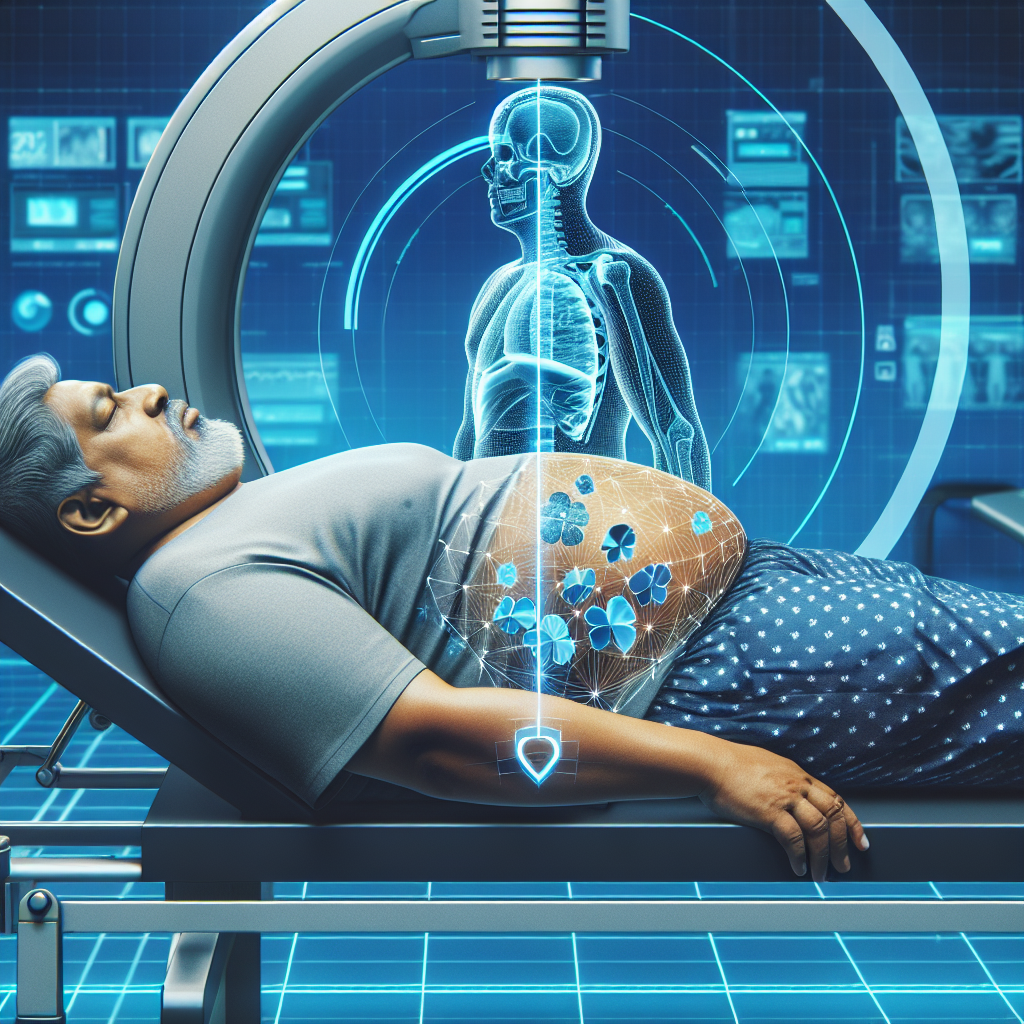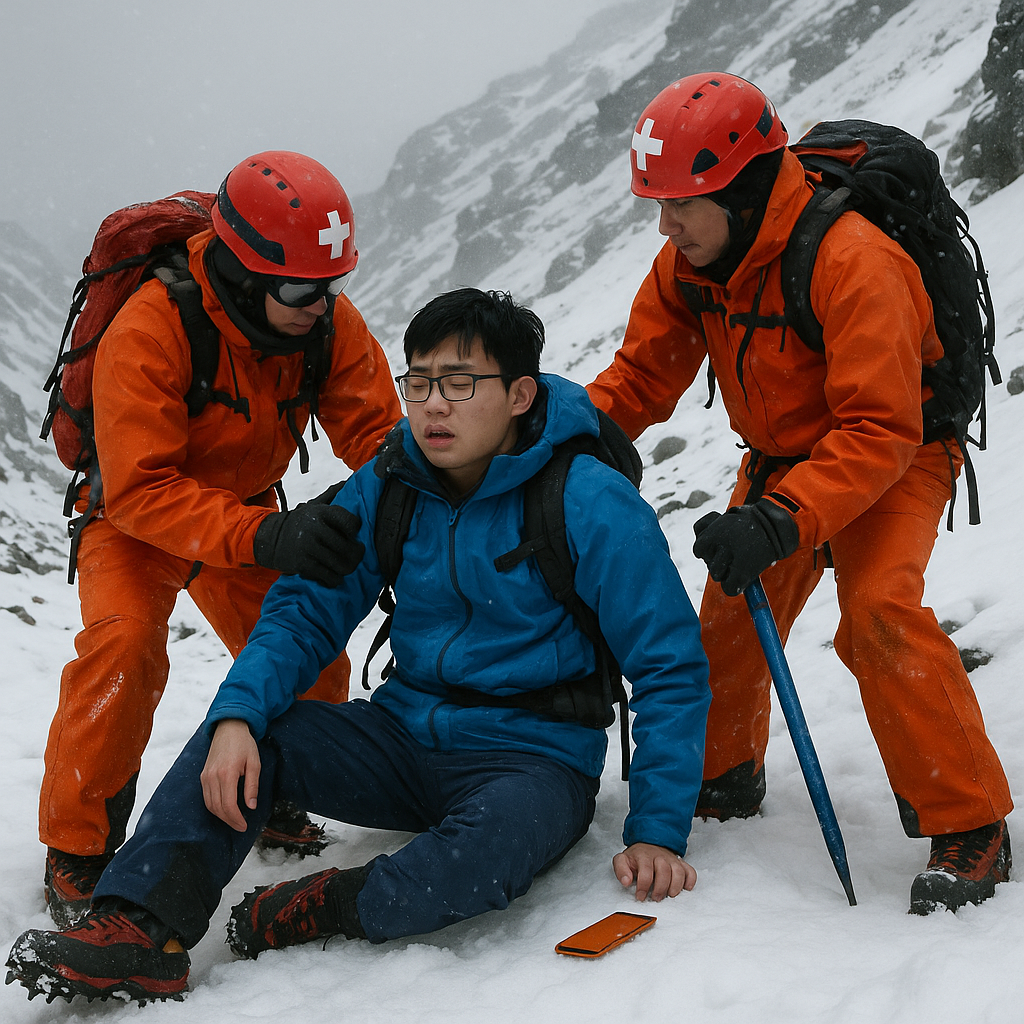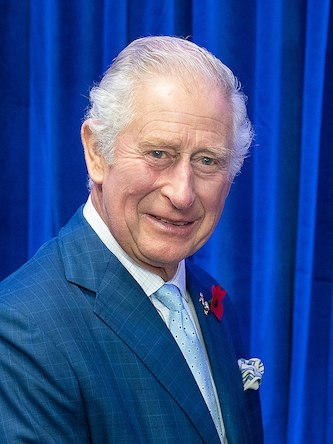A new medical discovery has helped a man with advanced Parkinson’s disease start walking again. Marc Gauthier, 63, from Bordeaux, France, was the first person to get a special implant that stimulates nerves in his spine. Before the implant, Marc had trouble walking and often fell, but now he can walk long distances and be independent.
The implant is put on the lower part of the spinal cord and sends electrical signals to the leg muscles, making movement smoother. Marc still controls his movements, and the implant gives extra electrical signals for better mobility. After getting the implant, Marc had to do weeks of rehab to program it, using sensors on his legs and shoes.
The medical team is impressed with how well the treatment worked. The surgeon who put in Marc’s device, Jocelyne Bloch, said the technology and procedure have helped people with spinal injuries before, but this was the first time it was used for Parkinson’s disease. The team plans to test the device on six more Parkinson’s patients to see how well it works.
This discovery is a big step forward, but it’s not a cure for Parkinson’s disease, which gets worse over time. The research is still in the early stages and needs more work and testing before it can be used widely. But it gives hope to people with advanced Parkinson’s, where regular treatments may not work anymore.
Original news source: Parkinson’s implant restores man’s ability to walk (BBC)
Listen
Slow
Normal
Fast
Group or Classroom Activities
Warm-up Activities:
– News Summary
Instructions: Students are divided into small groups. Each group is given a few minutes to read the article and summarize it in their own words, focusing on the main points: the new medical discovery, the patient’s condition before and after the implant, and the future implications of the research. Afterward, each group presents their summary to the class and the teacher provides feedback on language use and content.
– Opinion Poll
Instructions: Write a series of statements about the article on the board (e.g., “The new implant should be made available immediately,” “This treatment will revolutionize Parkinson’s care,” etc.). Students walk around the classroom and sign their names under the statements they agree with. Then, they discuss their opinions with peers who have signed under the same or different statements, providing reasons for their choices and practicing argumentative language.
– Vocabulary Pictionary
Instructions: Write down key vocabulary words from the article (e.g., implant, spinal cord, electrical signals, rehab, mobility). Split the class into two teams. Members from each team take turns drawing the words on the board without speaking or writing any letters, while their teammates try to guess the word. This activity helps with vocabulary recall and understanding.
– Speed Summarizing
Instructions: Pair up students and challenge them to take turns summarizing the article to their partner in under one minute. After both have had a turn, they can discuss any important details they may have missed. This activity encourages concise language use and the ability to identify key information quickly.
– Future Predictions
Instructions: Ask the students to work individually or in pairs to write down their predictions about the future of this medical technology. They should consider questions like: How will it change the lives of people with Parkinson’s disease? What are potential challenges? How might the treatment evolve? After writing, students share their predictions with the class, and the teacher facilitates a discussion on the use of future tenses and speculative language.
Comprehension Questions:
1. What condition does Marc Gauthier have, and how has the new medical discovery affected his ability to walk?
2. How old is Marc Gauthier and where is he from?
3. What does the special implant do to help with movement?
4. Where is the implant placed on the body?
5. What did Marc have to do after getting the implant to help program it?
6. Who is Jocelyne Bloch and what did she say about the use of the technology?
7. How many more Parkinson’s patients will the medical team test the device on?
8. Why is the new discovery significant for people with advanced Parkinson’s disease?
Go to answers ⇩
Listen and Fill in the Gaps:
A new medical discovery has helped a man with advanced Parkinson’s (1)______ start (2)______ again. Marc (3)______, 63, from Bordeaux, France, was the first person to get a special implant that stimulates (4)______ in his spine. Before the implant, Marc had trouble walking and often fell, but now he can walk long distances and be independent.
The implant is put on the (5)______ part of the spinal cord and sends electrical signals to the leg muscles, making (6)______ smoother. Marc still controls his movements, and the implant (7)______ extra electrical signals for better (8)______. After getting the implant, Marc had to do weeks of rehab to program it, using sensors on his legs and shoes.
The medical team is (9)______ with how well the treatment worked. The surgeon who put in Marc’s device, Jocelyne (10)______, said the technology and procedure have (11)______ people with spinal (12)______ before, but this was the first time it was used for Parkinson’s disease. The team plans to test the device on six more Parkinson’s patients to see how well it works.
This discovery is a big step forward, but it’s not a cure for Parkinson’s disease, which gets worse over time. The research is still in the early (13)______ and (14)______ more work and (15)______ before it can be used widely. But it gives hope to people with advanced Parkinson’s, where (16)______ treatments may not work anymore.
Go to answers ⇩
Discussion Questions:
Students can ask a partner these questions, or discuss them as a group.
1. What is Parkinson’s disease, and have you ever met someone with this condition?
2. How would you feel if a family member had Parkinson’s disease and they were given a chance to try a new treatment like the implant mentioned?
3. Do you think technology is changing the way we treat diseases? Why or why not?
4. Have you or someone you know ever had to use an implant or a medical device to help with a health problem? What was it like?
5. The man in the article had to do weeks of rehab. Do you think you would have the patience for that if it meant getting better? Why?
6. Do you like the idea of using electronic devices in medicine? Why or why not?
7. How do you think Marc felt before and after receiving the implant?
8. What do you think about the fact that the treatment is not a cure but can improve quality of life?
9. Would you volunteer for medical trials if you had a disease that didn’t have a cure?
10. Do you think it’s important to keep researching new treatments for diseases like Parkinson’s? Why or why not?
11. What is the biggest health issue in your country, and are there any new treatments being developed for it?
12. How do you feel about the risks and benefits of trying new medical procedures?
13. Do you think health care systems should invest more in developing treatments like this, even if they are expensive?
14. If you were a doctor, would you recommend a treatment like this to your patients? Why or why not?
15. Can you think of any other diseases that might benefit from a similar type of implant technology?
Individual Activities
Vocabulary Meanings:
Match each word to its meaning.
Words:
1. discovery
2. implant
3. stimulate
4. rehab
5. procedure
6. mobility
7. sensors
8. treatments
Meanings:
(a) Medical methods used to cure or relieve a health issue
(b) A new finding or invention
(c) The ability to move easily and freely
(d) To encourage or activate
(e) A device placed inside the body for medical reasons
(f) The process of restoring health or strength through exercises and therapy
(g) Devices that detect and respond to a signal or stimulus
(h) A series of actions taken to achieve a specific result
Go to answers ⇩
Multiple Choice Questions:
1. Where is Marc Gauthier from?
(a) Berlin, Germany
(b) Madrid, Spain
(c) Rome, Italy
(d) Bordeaux, France
2. What does the implant do?
(a) Sends signals to the brain
(b) Sends signals to the arms
(c) Sends signals to the heart
(d) Sends electrical signals to the leg muscles
3. What did Marc have to do after getting the implant?
(a) Weeks of rehab to program it
(b) Nothing, the implant worked immediately
(c) Go for a walk
(d) Take medication
4. Who put in Marc’s device?
(a) Marc Gauthier
(b) A robot
(c) Jocelyne Bloch
(d) A nurse
5. How many more Parkinson’s patients are the team planning to test the device on?
(a) Ten
(b) Six
(c) Two
(d) Twenty
6. Is the implant a cure for Parkinson’s disease?
(a) Yes
(b) No
(c) Maybe
(d) Only for some people
7. What stage is the research in?
(a) Early stages
(b) Final stages
(c) Middle stages
(d) No stage
8. What does the article say about regular treatments for advanced Parkinson’s?
(a) They always work
(b) They are too expensive
(c) They may not work anymore
(d) They are not necessary
Go to answers ⇩
True or False Questions:
1. The discovery involves a special implant that stimulates nerves in the spine to improve movement.
2. The team plans to test the device on six fewer Parkinson’s patients to see how ineffective it is.
3. The implant stops electrical signals to the leg muscles, making it harder for the patient to walk.
4. While the discovery is a big step backward, it is a cure for Parkinson’s disease and does not require more testing before it can be widely used.
5. The patient had to undergo weeks of rehabilitation to program the implant using sensors on his legs and shoes.
6. The medical team is unimpressed with how well the treatment worked for the patient.
7. The surgeon who performed the procedure mentioned that the technology has been used for spinal injuries before, but this was the first time it was used for Parkinson’s disease.
8. A man with advanced Parkinson’s disease in France has regained the ability to walk with the help of a new medical discovery.
Go to answers ⇩
Write a Summary:
Write a summary of this news article in two sentences.
Check your writing now with the best free AI for English writing!
Writing Questions:
Answer the following questions. Write as much as you can for each answer.
Check your answers with our free English writing assistant!
1. Who is Marc Gauthier and what condition does he have?
2. What kind of medical device did Marc receive, and what does it do?
3. How has the implant improved Marc’s ability to walk?
4. What did Marc have to do after receiving the implant?
5. Why is this medical discovery significant, and what are the next steps in the research?
Answers
Comprehension Question Answers:
1. What condition does Marc Gauthier have, and how has the new medical discovery affected his ability to walk?
Marc Gauthier has advanced Parkinson’s disease. The new medical discovery, a special implant that stimulates nerves in his spine, has helped him start walking again and be independent.
2. How old is Marc Gauthier and where is he from?
Marc Gauthier is 63 years old and he is from Bordeaux, France.
3. What does the special implant do to help with movement?
The special implant sends electrical signals to the leg muscles to make movement smoother, helping with walking and other movements.
4. Where is the implant placed on the body?
The implant is placed on the lower part of the spinal cord.
5. What did Marc have to do after getting the implant to help program it?
After getting the implant, Marc had to do weeks of rehab with sensors on his legs and shoes to program the implant.
6. Who is Jocelyne Bloch and what did she say about the use of the technology?
Jocelyne Bloch is the surgeon who put in Marc’s device. She said that the technology and procedure have been used for people with spinal injuries before, but this was the first time it was used for Parkinson’s disease.
7. How many more Parkinson’s patients will the medical team test the device on?
The medical team plans to test the device on six more Parkinson’s patients.
8. Why is the new discovery significant for people with advanced Parkinson’s disease?
The new discovery is significant because it offers hope to people with advanced Parkinson’s disease, especially when regular treatments may not be effective anymore.
Go back to questions ⇧
Listen and Fill in the Gaps Answers:
(1) disease
(2) walking
(3) Gauthier
(4) nerves
(5) lower
(6) movement
(7) gives
(8) mobility
(9) impressed
(10) Bloch
(11) helped
(12) injuries
(13) stages
(14) needs
(15) testing
(16) regular
Go back to questions ⇧
Vocabulary Meanings Answers:
1. discovery
Answer: (b) A new finding or invention
2. implant
Answer: (e) A device placed inside the body for medical reasons
3. stimulate
Answer: (d) To encourage or activate
4. rehab
Answer: (f) The process of restoring health or strength through exercises and therapy
5. procedure
Answer: (h) A series of actions taken to achieve a specific result
6. mobility
Answer: (c) The ability to move easily and freely
7. sensors
Answer: (g) Devices that detect and respond to a signal or stimulus
8. treatments
Answer: (a) Medical methods used to cure or relieve a health issue
Go back to questions ⇧
Multiple Choice Answers:
1. Where is Marc Gauthier from?
Answer: (d) Bordeaux, France
2. What does the implant do?
Answer: (d) Sends electrical signals to the leg muscles
3. What did Marc have to do after getting the implant?
Answer: (a) Weeks of rehab to program it
4. Who put in Marc’s device?
Answer: (c) Jocelyne Bloch
5. How many more Parkinson’s patients are the team planning to test the device on?
Answer: (b) Six
6. Is the implant a cure for Parkinson’s disease?
Answer: (b) No
7. What stage is the research in?
Answer: (a) Early stages
8. What does the article say about regular treatments for advanced Parkinson’s?
Answer: (c) They may not work anymore
Go back to questions ⇧
True or False Answers:
1. The discovery involves a special implant that stimulates nerves in the spine to improve movement. (Answer: True)
2. The team plans to test the device on six fewer Parkinson’s patients to see how ineffective it is. (Answer: False)
3. The implant stops electrical signals to the leg muscles, making it harder for the patient to walk. (Answer: False)
4. While the discovery is a big step backward, it is a cure for Parkinson’s disease and does not require more testing before it can be widely used. (Answer: False)
5. The patient had to undergo weeks of rehabilitation to program the implant using sensors on his legs and shoes. (Answer: True)
6. The medical team is unimpressed with how well the treatment worked for the patient. (Answer: False)
7. The surgeon who performed the procedure mentioned that the technology has been used for spinal injuries before, but this was the first time it was used for Parkinson’s disease. (Answer: True)
8. A man with advanced Parkinson’s disease in France has regained the ability to walk with the help of a new medical discovery. (Answer: True)
Go back to questions ⇧













